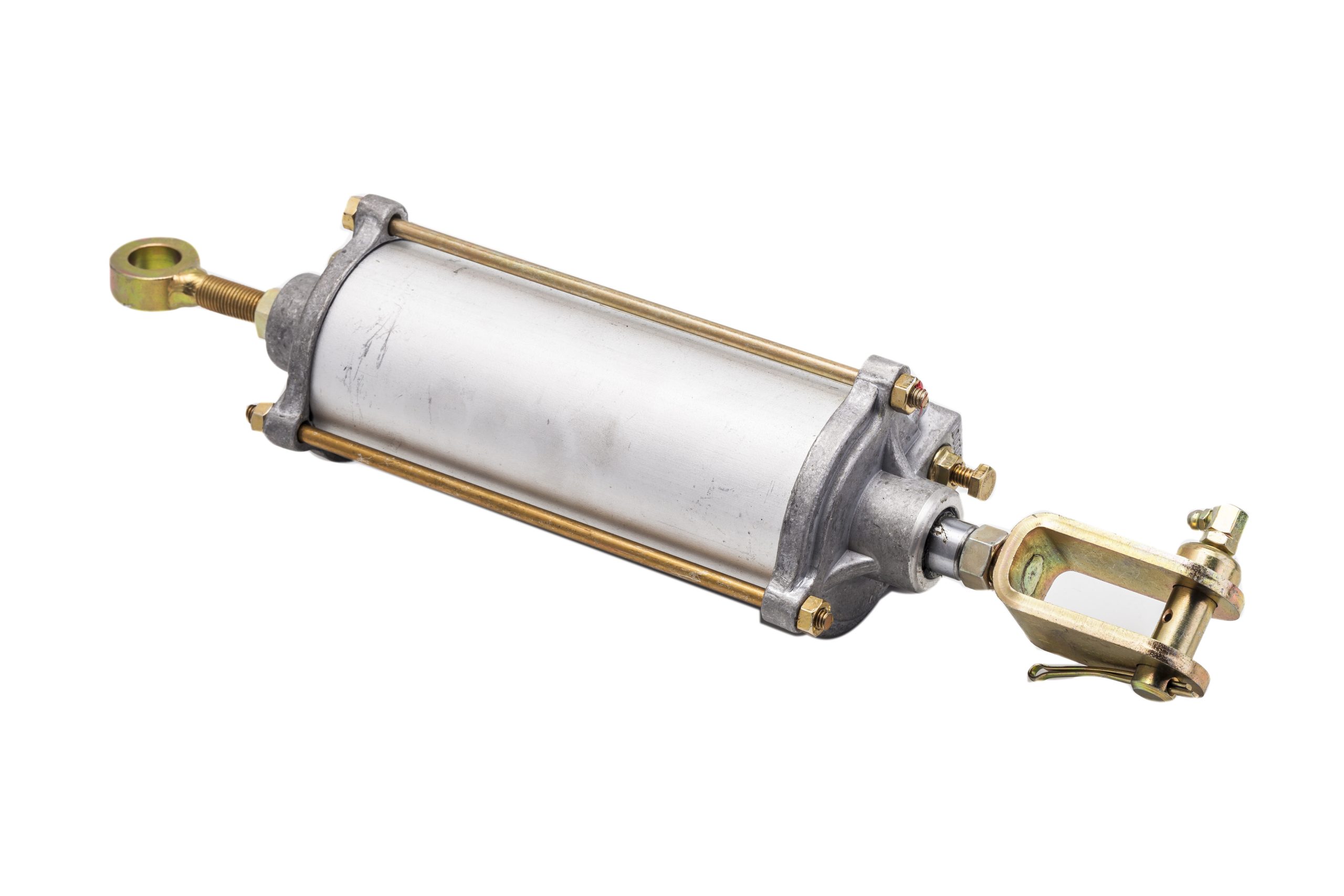What is a Pneumatic System?
A pneumatic system is a technology using compressed air for generating mechanical motion. The word “pneumatics” itself comes from the Greek word “pneuma,” meaning air or breath. In short, these systems employ pressurized gas—principally air or inert gases like nitrogen—to do work: moving, lifting, pressing, or controlling machinery.
Unlike hydraulic systems, which depend on liquids, pneumatic systems work with gases, making them cleaner, safer, and more energy-efficient for many applications.
How Does a Pneumatic System Work?
A pneumatic system works on a simple principle: air is compressed and then released to perform work. Here’s a step-by-step breakdown of how it works:
Air Compression – Atmospheric air is taken in and compressed using an air compressor, increasing its pressure.
Storage & Distribution – Compressed air is stored in a tank and is distributed through pipes and valves.
Control Mechanism – Valves and regulators are used to regulate the flow, pressure, and direction of air.
Actuation – The regulated air moves actuators such as cylinders or motors, converting air energy into mechanical movement.
Exhaust & Recirculation – Once the work is done, the used air is released safely or recirculated.
Main Components of a Pneumatic System
To fully understand pneumatics, let’s look at its key components:
✅ Air Compressor – Generates compressed air.
✅ Air Reservoir (Tank) – Stores pressurized air.
✅ Valves – Control the direction, flow, and pressure of air.
✅ Pipes & Hoses – Transport the air throughout the system.
✅ Actuators (Cylinders & Motors) – Convert air pressure into motion.
✅ Filters, Regulators, & Lubricators (FRL Unit) – Ensures clean, regulated, and lubricated air for smooth operation.
Types of Pneumatic Systems
Pneumatic systems can be categorized depending on their applications and components. The most common types include:
Pneumatic Actuation Systems – Applied in automation (e.g., robotic arms, air brakes).
Pneumatic Power Tools – Includes drills, grinders, and nail guns.
Pneumatic Conveying Systems – Applied in industries for material transport (e.g., food, cement).
Pneumatic Control Systems – Applied in HVAC, medical devices, and factory automation.
Advantages of Pneumatic Systems
Pneumatics provides several benefits over mechanical and hydraulic systems.
• Safe & Clean – Composed of nontoxic, nonflammable air.
• Lightweight & Compact – Small elements make installation an easy task
• Reliable & Durable – Reduced moving parts decrease wear & tear
• Cost-Effective – Low costs of maintenance as well as working
• Fast & Efficient – Fast response in automation.
These advantages make pneumatics the first choice in manufacturing, automotive, food processing, and healthcare industries.
Applications of Pneumatics in Real Life
Pneumatics is used in various industries for different applications, including:
Automotive Industry – Air brakes in trucks, suspension systems.
Manufacturing & Automation – Robotic arms, conveyor belts.
Medical Field – Dental drills, respiratory machines.
Aerospace – Landing gear systems, cabin pressure control.
Construction – Jackhammers, pneumatic lifts.
